VONDOZEB DG FUNGICIDE BASED ON MANCOZEB 80 KG. 20

Advertising [ProductAdditionalInfo]
(edit with the Customer Reassurance module)
(edit with the Customer Reassurance module)
(edit with the Customer Reassurance module)
VONDOZEB DG FUNGICIDE BASED ON MANCOZEB 80 KG. 20
Features
Formulation: WETABLE POWDER
Indication of danger: • Toxicological: irritant (Xi)
• Ecotoxicological: -
• Chemical-Physics: -
Registration number: 10641, dated 06/12/2000
Composition
MANCOZEB (80.0%
REGISTRATION ON:
Oats Tanning Sugar beet Tanning Wheat Tanning Corn Tanning Vegetables Tanning Potato Tanning Rice Wheat Carnation Apple tree Barley Pear Poplar Tomato Tobacco Vine
Crops
Safety interval
Disease / Dose / Notes
Oats
28 days
Rust (2,5 kg / Ha)
Intervene during the vegetative stage between the barrel and the emission of the ear.
Septoria (2.5 kg / Ha)
Intervene during the vegetative stage between the barrel and the emission of the ear.
Tanning Sugar beet
---
Cercospore of Beetroot (600 g / ql of seed)
Fusariosis of seeds (600 g / ql of seed)
Foot pain (various species of parasitic fungi) (600 g / ql of seed)
Badly vinified (600 g / ql of seed)
Tanning Wheat
---
Caries or coup (200 g / hl)
Fusariosis (200 g / hl)
Tanning Corn
---
Corn charcoal (300 g / ql of seed)
Corn helminthosporiosis (Leaves) (300 g / ql of seed)
Fusariosis of the culm (Gibberelle spp. - Fusarium spp.) (300 g / ql of seed)
Vegetable tanning
---
Fusariosis (300-600 g / ql of seed)
Die-off of seedlings (300-600 g / ql of seed)
Rhizottoniosi (300-600 g / ql of seed)
Tanning Potato
---
Alternaria (300 g / hl)
Rhizottoniosis or rot of the collar and roots (300 g / hl)
Rice Tanning
---
Brusone from helminthosporiosis (250 g / hl)
Fusariosis (250 g / hl)
Wheat
28 days
Rust (2,5 kg / Ha)
Intervene during the vegetative stage between the barrel and the emission of the ear.
Septoria (2.5 kg / Ha)
Intervene during the vegetative stage between the barrel and the emission of the ear.
Carnation
---
Alternariasis (200-250 g / hl)
Rust (200-250 g / hl)
Septoria (200-250 g / hl)
Apple tree
28 days
Alternaria (150-200 g / hl)
Start the treatments at the opening of the buds and continue until the end, following the calendars suggested in the area.
Lenticellar rot (150-200 g / hl)
Start the treatments at the opening of the buds and continue until the end, following the calendars suggested in the area.
Apple rust (150-200 g / hl)
Start the treatments at the opening of the buds and continue until the end, following the calendars suggested in the area.
Apple scab (150-200 g / hl)
Start the treatments at the opening of the buds and continue until the end, following the calendars suggested in the area.
Barley
28 days
Rust (2,5 kg / Ha)
Intervene during the vegetative stage between the barrel and the emission of the ear.
Septoria (2.5 kg / Ha)
Intervene during the vegetative stage between the barrel and the emission of the ear.
However
28 days
Alternariasis (150-200 g / hl)
Start the treatments at the opening of the buds and continue until the end, following the calendars suggested in the area.
Lenticellar rot (150-200 g / hl)
Start the treatments at the opening of the buds and continue until the end, following the calendars suggested in the area.
Pear rust (150-200 g / hl)
Start the treatments at the opening of the buds and continue until the end, following the calendars suggested in the area.
Septoris of Pear (150-200 g / hl)
Start the treatments at the opening of the buds and continue until the end, following the calendars suggested in the area.
Pear scab (150-200 g / hl)
Start the treatments at the opening of the buds and continue until the end, following the calendars suggested in the area.
Poplar
---
Marssonina (400-500 g / hl)
Start treatments as soon as possible to prevent early infections and repeat the treatment at least 2-3 times at intervals of 15-20 days.
Tomato
28 days
Alternaria (200-250 g / hl)
Start the treatments when the favorable conditions for the development of the disease occur, repeating them until the first flowering every 7-10 days.
Anthracnose (200-250 g / hl)
Start the treatments when the favorable conditions for the development of the disease occur, repeating them until the first flowering every 7-10 days. In case of strong attacks use the dose of 300-350 g / hl.
Downy mildew (200-250 g / hl)
Start the treatments when the favorable conditions for the development of the disease occur, repeating them until the first flowering every 7-10 days.
Septoria (200-250 g / hl)
Start the treatments when the favorable conditions for the development of the disease occur, repeating them until the first flowering every 7-10 days.
Tobacco
28 days
Downy mildew or blue mold of Tobacco (100-200 g / hl)
Seedbed treatments: 100-150 g / hl. Treat when the seedlings are 1.5 cm in diameter. Post-transplant treatments: 200 g / hl. Treat twice a week. Open field treatments: 200 g / hl. Treat once a week or when conditions favorable to the development of the disease occur.
Lives
28 days
Escoriosis (200 g / hl)
Carry out an early treatment as soon as the buds begin to move, making another one follow the emission of the first leaves; then continue with the normal anti-peronosporic control calendar.
Black rot of the berries (200 g / hl)
Carry out an early treatment as soon as the buds begin to move, making another one follow the emission of the first leaves; then continue with the normal anti-peronosporic control calendar.
Downy mildew of the vine (200 g / hl)
Start treatments when the conditions favorable to the development of the disease occur. Follow the provisions of the calendars suggested in the area.
Parasitic redness of the vine (200 g / hl)
Carry out an early treatment as soon as the buds begin to move, making another one follow the emission of the first leaves; then continue with the normal anti-peronosporic control calendar.


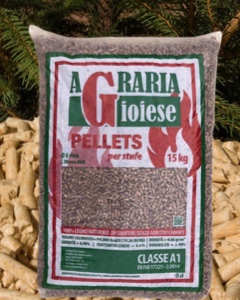
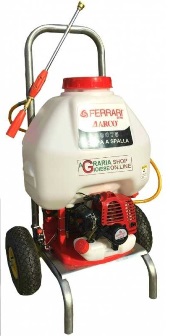




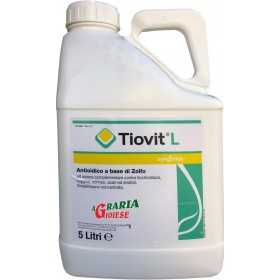
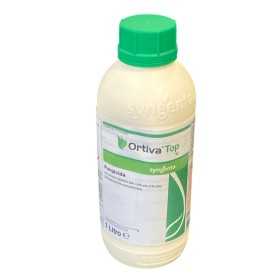
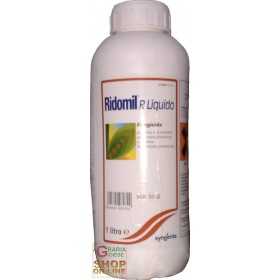
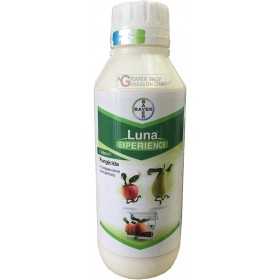

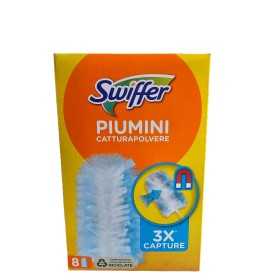
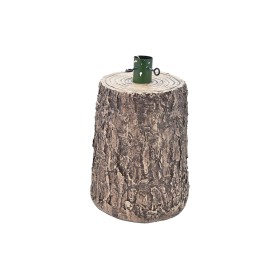
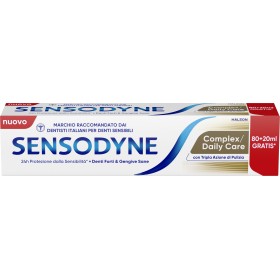
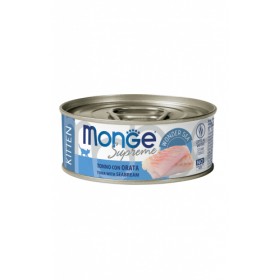
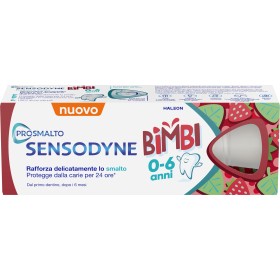
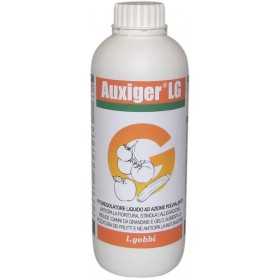
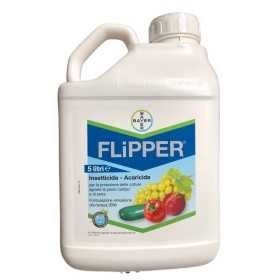

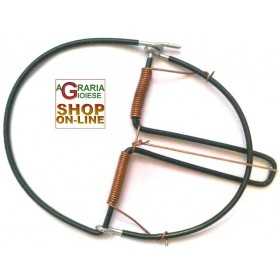
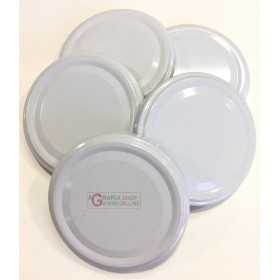


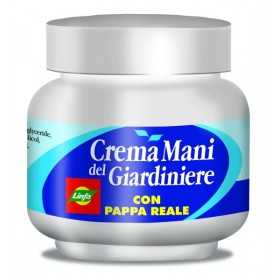
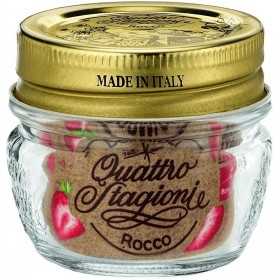

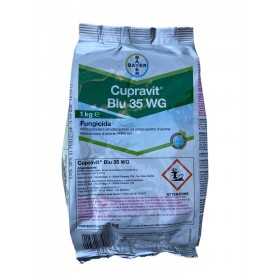
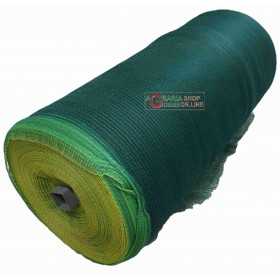
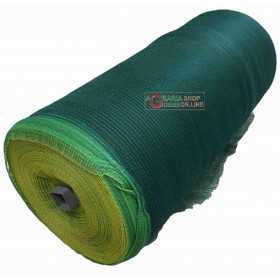
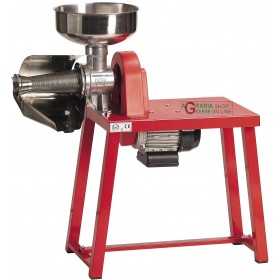
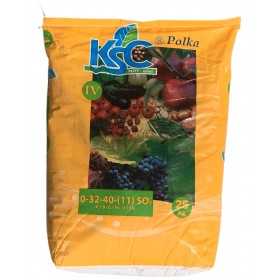
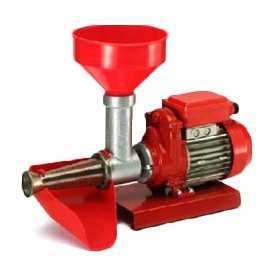
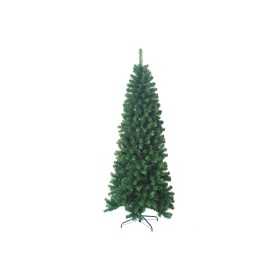
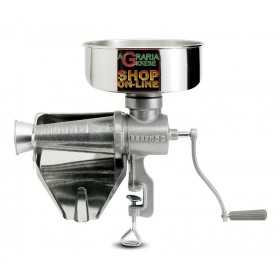
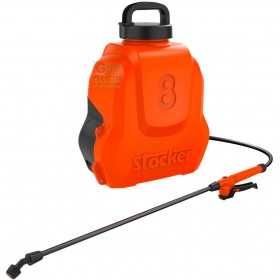
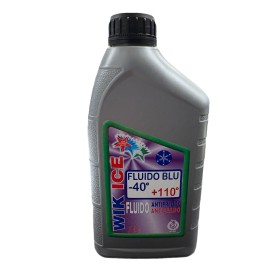
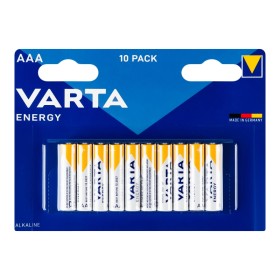
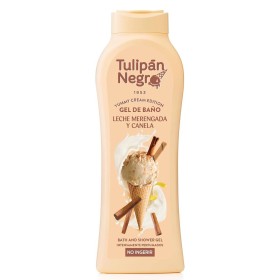
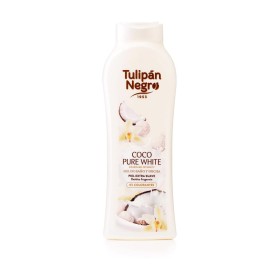
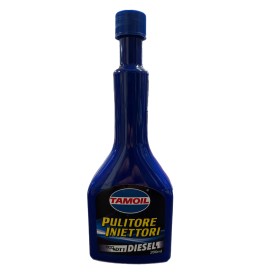
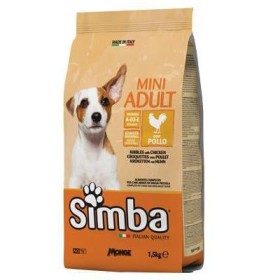
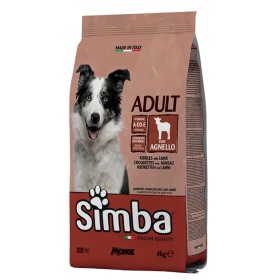
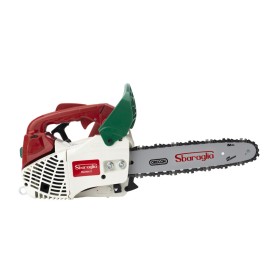
feedback Report comment